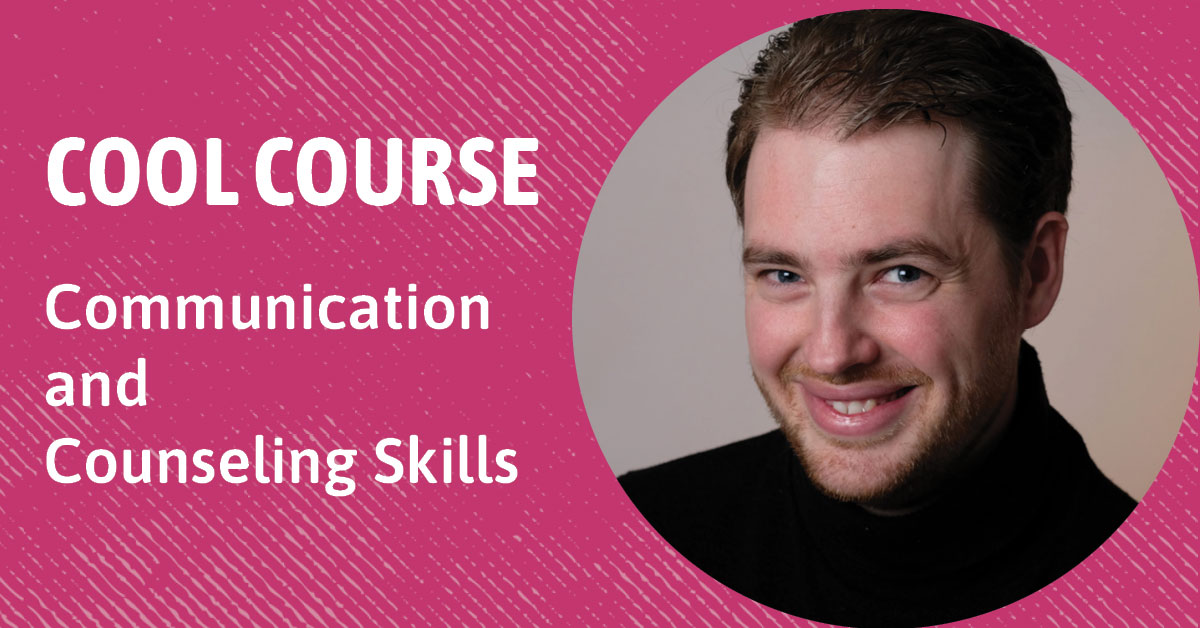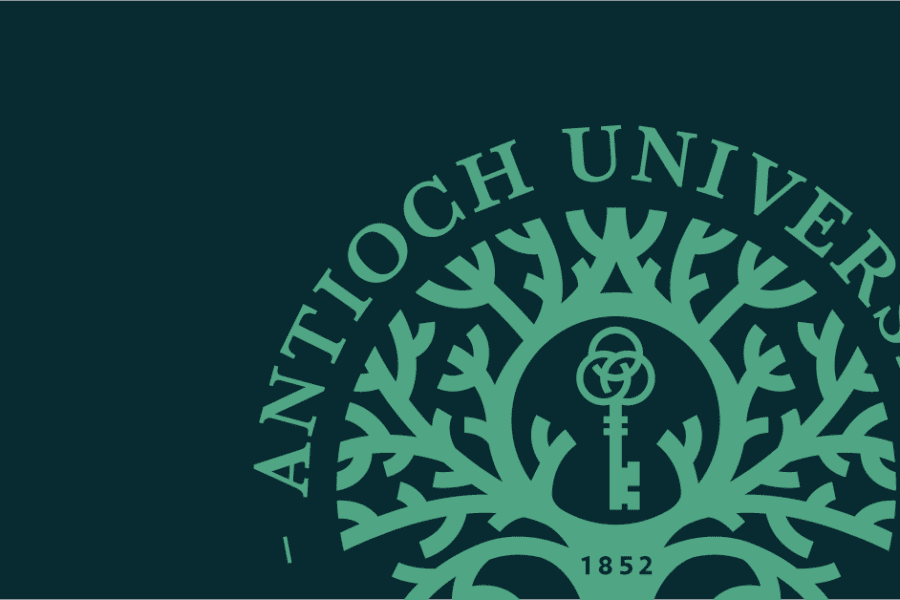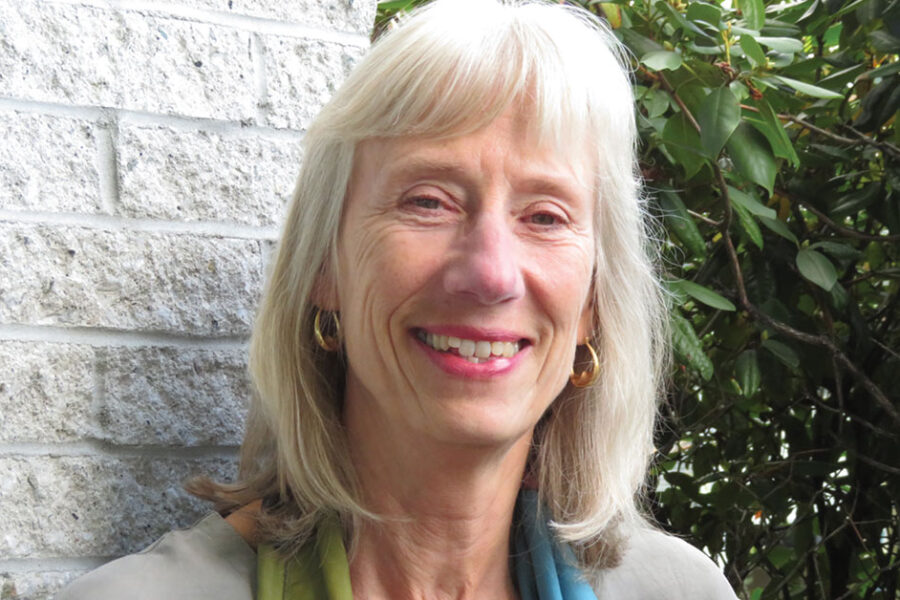Every interaction we have with another person utilizes some kind of communication. From the coffee shop to the classroom, we’re constantly relaying our needs and thoughts in the hopes that another person will understand. But the process isn’t a given. We’ve all experienced a time when we miss the mark in these interactions, and that’s because communication is a skill we have to practice. Since it’s something we do every day, it’s easy to forget that everyone has different styles of relaying information, and Johnny Spangler, an Associate Professor at Antioch’s Seattle campus in the Clinical Mental Health Counseling program (CMHC) and 2016 graduate of that program knows it’s something we can all learn to be better at. He also knows how important it is—especially in the counseling field.
“So much of our struggle as humans comes from lack of communication: the thing that I’m trying to communicate is not actually being picked up in the way I’m hoping it’s being picked up,” he says. Spangler is an expert in communication. He’s taught classes from elementary schools to corporate retreats to help people better connect with one another. This connection is key to being able to work with people on their mental health journeys, as miscommunication in this setting can rupture the trust needed for healing.
“Knowing your own communication style and knowing how to meet someone else’s communication style is essential,” Spangler explains. That’s why in his class “Communication and Counseling Skills,” he helps future counselors build new awarenesses around how they communicate with others. This kind of self-study can be vulnerable, but Spangler works to create a community in the classroom that allows students to recognize their own patterns, as well as other people’s, without judgment.
From YouTube animations to classroom roleplaying, Spangler is making learning about communication more approachable for everyone.
Creating an Environment for Experimentation and Reflection
“I was terrified when I read the syllabus,” former student Amy Kittell says. “Recording myself in session? Watching that recording? That sounded way outside my comfort zone.” But getting out of our comfort zones is necessary in order to see the things we take for granted about our unique communication styles. When we’re communicating, we rely on signals beyond the words we say, and we interpret them through our own cultural lens to understand each other. We’re not always aware of the patterns we’ve developed over time. Learning to pay attention to these different signals is what Spangler calls “micro-skills.”
These micro-skills include reflecting on what people say to you and the emotion behind it, bringing awareness to how we hold our bodies when we’re in conversation, and the ability to maintain an expression during interactions that is inviting. This last micro-skill is called “safe-face” and it helps encourage communication because the person speaking is less likely to feel judgment. It’s also important that practitioners are able to shift these skills in different cultural contexts. By recording themselves and watching the videos, students are able to see how their bodies and faces communicate beyond the language they’re using. Another tool Spangler utilizes in the classroom to develop these skills is the facilitation of practice interviews between students.
This role-playing component, where one student plays the counselor and the other a client, is one of the highlights of the course. Through these simulations, students practice interviewing and counseling one another while exploring self-awareness. It gives students the opportunity to develop their micro-skills and get feedback. It also provides the chance to reflect on how their beliefs, biases, and values can come up in counseling. Students discover how these subconscious reactions can influence the counseling environment and client relationships.
This can be hard at first, especially because there’s no way to get the exercise right or wrong—it’s an open ended practice. “When it came time for our first practice counseling session, it would be safe to say all of us were feeling pretty apprehensive and anxious to do a good job,” says another former student Tom Cole. Spangler is well aware of this initial difficulty and lets students know that right away. “When Johnny acknowledged those emotions and then proceeded to tell us to ‘dare to fail’ so that we could learn, the relief was palpable,” explains Cole. “We went on to our practice sessions emboldened and excited.”
These kinds of practices offer students new avenues to understand themselves. After graduating, as they move onto professional roles, they will find themselves using these communication skills often, but they also have a perspective grounded in intention rather than perfection. Another former student, Torran Kitts, now works in an eating disorder center as a meal and skills coach. She says, “Johnny’s emphasis on the safety to make mistakes and fail, and to learn by trying and doing, was so impactful.” This is the kind of attitude Spangler hopes students carry with them when they leave the classroom. Kitts explains how this framework continues to affect her thinking and makes doing her job easier, “I know that I will make mistakes or be ineffective at times, but I have to try things to get better at them.”
Using different mediums to connect with learners
In an animation set in the pixelated, 8-bit world of the videogame Minecraft, a character named Johnny Knowing stands in a green landscape and says, “Today, we’re going to be looking at that strange idea we use all the time, every day, many many times in a day. In fact, I’m using it right now. Today, we’re going to be looking at communication.”
The character is the creation of Spangler, and he uses the avatar to explain complicated ideas simply for the young people he works with in his clinical practice. The video is part of a series called “Mindless Minecraft” that’s designed to help kids better understand their emotions in the familiar setting of the popular video game. In the episode “Miscommunication”, two characters navigate the pitfalls of constructing a tree in the game and how it’s easy to misunderstand one another when we’re not being specific with our words. It may be a video for younger people, but it’s a set of skills that folks of all ages can revisit.
Outside the classroom, Spangler is a licensed Mental Health Counselor in the state of Washington. Specializing in neurodivergent experiences, he works with children, adolescents, and young adults, offering them tools to help navigate the stressors of growing up. “My work focuses on helping them find their own relationship to their struggle,” Spangler explains. “And then developing skills and strategies around it so that they can take control of that struggle, rather than it taking control of them.”
Since 2014, Mindless Minecraft has been a helpful video series that Spangler uses to build better communication between his clients, himself, and their parents. In addition to the episodes that help explore questions young people have about social norms and how to interact with parents, teachers, and in school, there’s an episode explaining Minecraft and the videos to parents as well because good communication goes both ways. The series is a way to open up conversations about difficult topics like disappointment, bullying, and anger.
What these videos offer is the same kind of openness that Spangler brings to the classroom. Learning can be a vulnerable process, and when you’re practicing emotional skills, it can feel like even more of a risk. Spangler understands that and makes sure students feel supported in the classroom as they become aware of deeply ingrained habits. Just like he uses videos to help young people learn about their emotions and difficult subjects, Spangler is offering innovative ways to think about communication in counseling through non-judgmental and creative practices.



